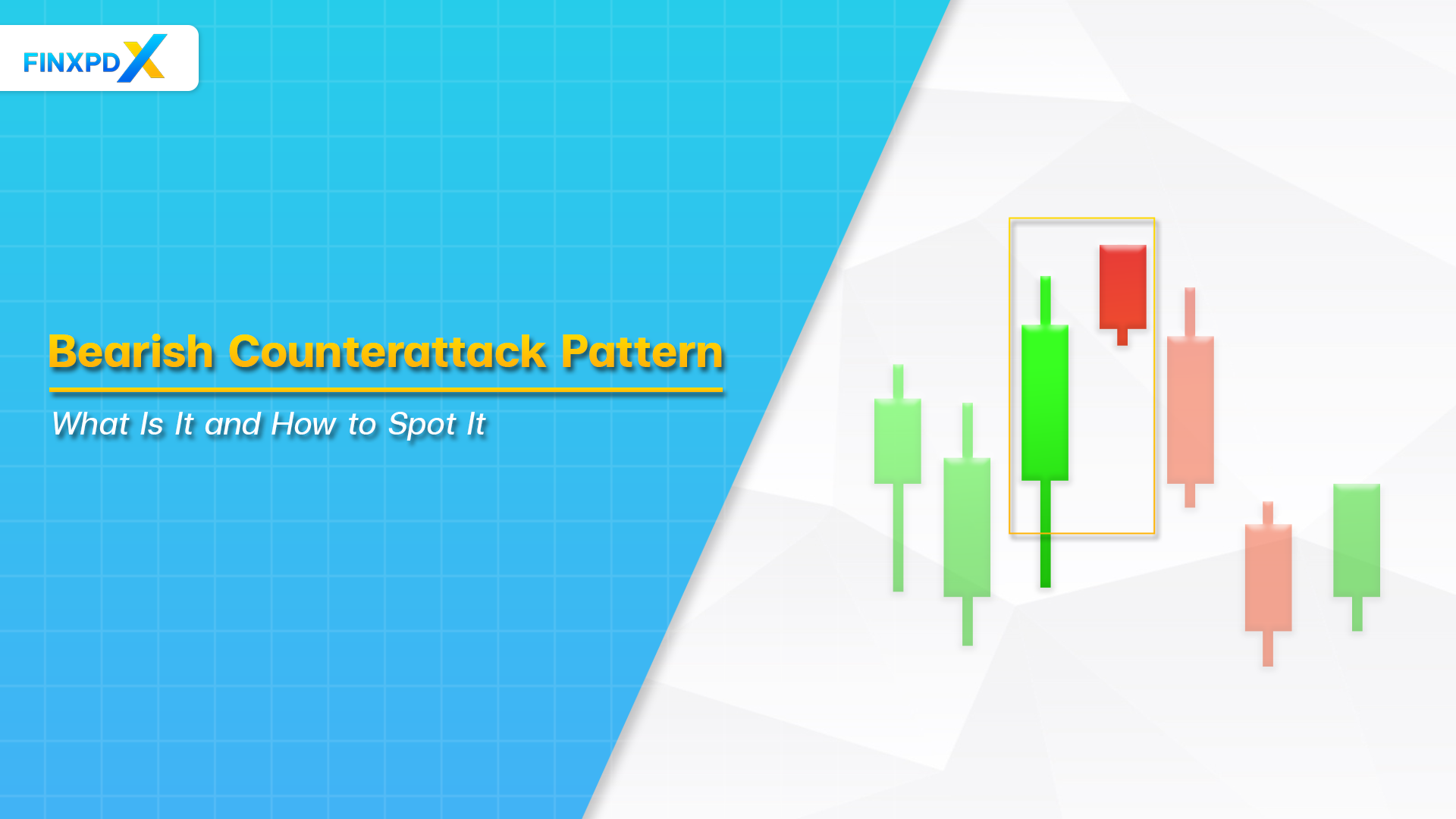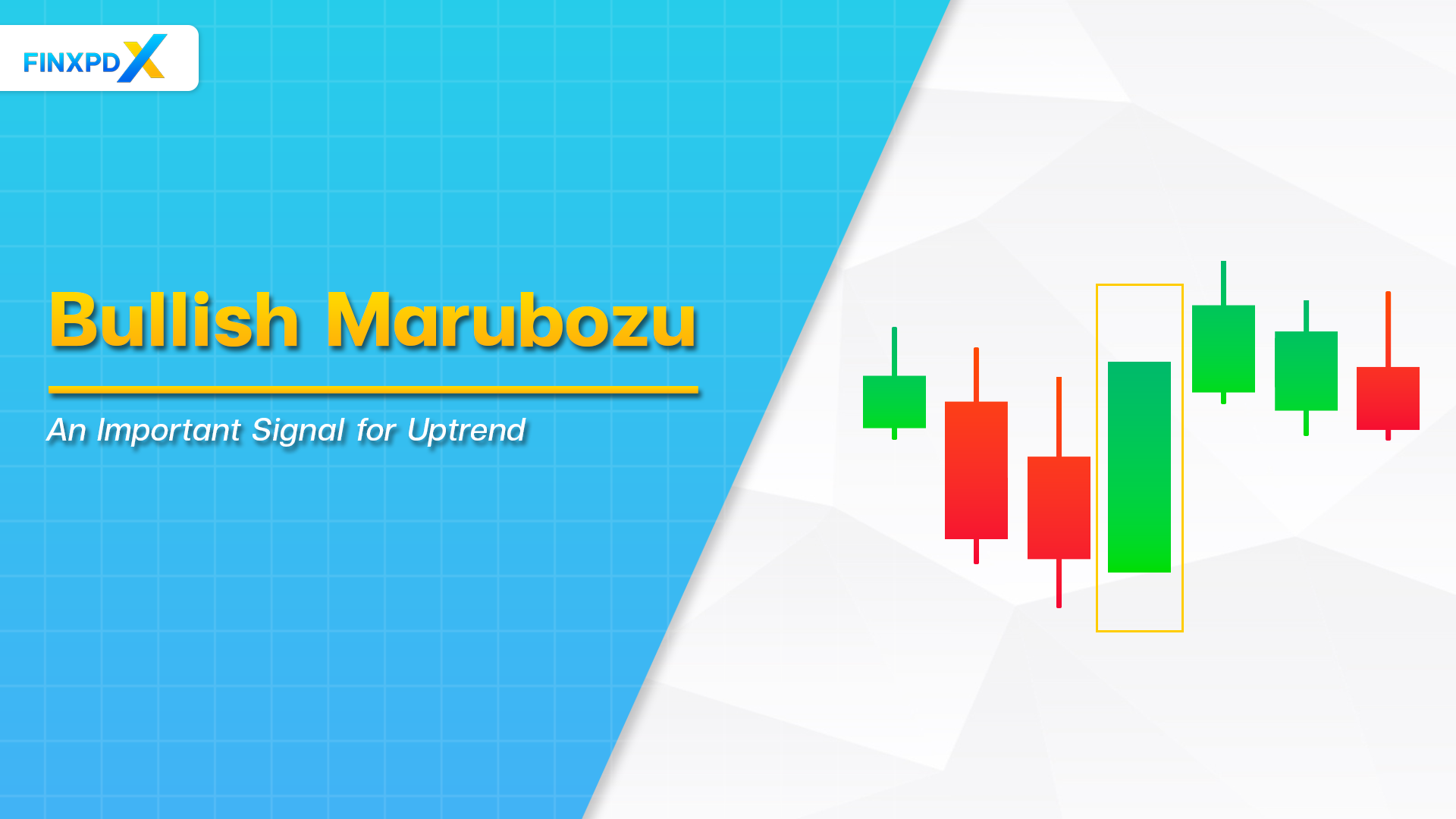Trading in the financial markets requires keen observation and understanding of various patterns that can indicate potential market movements. One such pattern is the evening star, a powerful candlestick pattern used by traders to predict bearish reversals. Mastering this pattern can significantly enhance your trading skills, providing a valuable tool for making informed decisions.
In this article, we’ll explore the details of the evening star pattern, its definition, identification, underlying psychology, and application in trading decisions. We’ll also compare it with the morning star pattern to give you a comprehensive understanding of its utility in technical analysis.
What Is the Evening Star Pattern?
The evening star pattern is a technical analysis candlestick pattern that signals a potential bearish reversal in an existing uptrend. It is a three-candle formation that traders use to predict the end of a bullish phase and the beginning of a downtrend. It consists of a large bullish candle, a small-bodied candle (which can be bullish or bearish), and a large bearish candle. This pattern signifies that the buying momentum is waning and sellers are gaining control.
Key Takeaways
- The evening star pattern is a bearish candlestick pattern indicating a potential reversal in an uptrend.
- The evening star candlestick pattern comprises three candles: a large bullish candle, a small-bodied candle, and a large bearish candle.
- Confirmation of the evening star candlestick pattern requires that the third candle closes below the midpoint of the first candle.
- The evening star pattern signifies that buying pressure is weakening, and selling pressure is increasing.
- The evening star appears after an uptrend, indicating a potential market downturn, whereas the morning star appears after a downtrend, signaling a potential market upturn.
How to Identify the Evening Star Pattern
Identifying the evening star pattern involves recognizing specific characteristics and the sequence of three candles that form this bearish reversal signal. Here’s a step-by-step guide to help you spot this pattern on a price chart:

1. Uptrend Presence: The evening star pattern typically appears after a noticeable uptrend. This prior upward movement is essential for the pattern’s relevance as a reversal signal.
2. First Candle: The pattern starts with a long bullish candle (white or green) that has a large body and small or no wicks, indicating buyers have been in control throughout the period.
3. Second Candle: The pattern includes a small-bodied candle (bullish or bearish) that follows the bullish candle. It can be a Doji (where the open and close prices are almost equal) or a spinning top (a candle with a small body and longer wicks).
4. Third Candle: The pattern is confirmed by a long bearish candle (black or red) that opens below the second candle’s body and closes well into the body of the first bullish candle.
The Psychology Behind the Evening Star Pattern
Understanding the psychology behind the evening star pattern can deepen your insight into market dynamics and enhance your trading decisions.
Three Key Stages Analysis
Initial Optimism: The first candle in the pattern is a long bullish, indicating strong buying pressure and enthusiasm among traders. This optimism pushes prices higher as buyers dominate the market.
Indecision: The second candle is small-bodied, signaling a shift in sentiment. This candle, a Doji or a spinning top, reflects indecision among traders. This candle signifies market indecision and a potential weakening of the bullish momentum.
Bearish Reversal: The third long bearish candle indicates that sellers have taken control, confirming the bearish reversal. Strong selling pressure drives prices down as traders who bought during the uptrend start to sell off their positions.
Market Sentiment Analysis
Buyers’ Fatigue: The formation of the second candle indicates that buyers are losing momentum. They are either taking profits or becoming cautious about further price increases.
Sellers’ Strength: The appearance of the third bearish candle confirms that sellers have taken over, pushing prices lower. This shift from buyer dominance to seller dominance marks a clear change in market sentiment.
Evaluating the Evening Star Pattern for Trading Decisions
The evening star pattern is a bearish reversal signal, indicating a potential shift from an uptrend to a downtrend. It is an opportune moment to sell rather than buy. To evaluate this pattern, confirm it appears after a clear uptrend. Moreover, check for higher volume on the third bearish candle, which strengthens the pattern’s validity. Additionally, use RSI and MACD for extra confirmation.
In addition, set a stop-loss above the second candle’s high to manage risk. Enter a short position after the third candle closes below the first candle’s body, as this confirms the reversal. Thus, avoid buying, as the pattern indicates weakening buying momentum and increasing selling pressure.
Evening Star vs. Morning Star Pattern
The main differences and similarities between the evening star and morning star patterns are shown in this comparison table:
| Aspect | Evening Star Pattern | Morning Star Pattern |
|---|---|---|
| Characteristics |  |  |
| Trend Indication | Bearish Reversal | Bullish Reversal |
| Market Phase | Appears at the end of an uptrend | Appears at the end of a downtrend |
| Entry Point | At the opening of the next candle after the pattern is confirmed, or break below the low of the third candle | At the opening of the next candle after the pattern is confirmed, or break above the high of the third candle |
| Stop-Loss Placement | Above the high of the second candle | Below the low of the second candle |
| Profit Target | Previous support levels or a risk-reward ratio | Previous resistance levels or a risk-reward ratio |
| Psychological Significance | Indicates that sellers are gaining control, signaling the end of buying pressure | Indicates that buyers are gaining control, signaling the end of selling pressure |
Conclusion
The evening star pattern is a key bearish reversal signal in technical analysis, indicating a potential shift from an uptrend to a downtrend. This three candle formation consists of a large bullish candle, a small-bodied candle, and a large bearish candle. Traders can anticipate the end of a bullish phase and prepare for a downturn. Recognizing the psychology behind the pattern and eventual bearish reversal offers deeper insights into market dynamics. This understanding allows traders to evaluate the pattern effectively, using additional confirmation tools such as volume analysis, RSI, and MACD. Proper risk management, including setting stop-loss orders, further enhances trading decisions.
If you’re interested in expanding your knowledge of candlestick patterns, you can download our candlestick patterns e-book by clicking the button below.
Click the button below to download the PDF
FAQs
An evening star candlestick pattern is a bearish reversal pattern that typically occurs at the top of an uptrend, indicating a potential shift to a downtrend.
It forms over three days: starting with a long bullish candlestick, followed by a short candlestick on the second day, and a long bearish candlestick on the third day, which closes well into the body of the first candlestick.
You can confirm an evening star pattern by looking for additional bearish signals, such as high trading volume on the bearish candlestick, bearish indicators like RSI or MACD, or a break below a key support level.
The high trading volume on the third bearish candlestick increases the pattern’s reliability, indicating strong selling pressure and a higher likelihood of a trend reversal.
An evening star is a bearish reversal pattern indicating a potential shift from an uptrend to a downtrend, while a morning star is a bullish reversal pattern suggesting a transition from a downtrend to an uptrend.
Related Articles:
- Doji Candlestick: Gain an Edge in Trading
- Cashback Forex: Your Guide to Extra Earnings
- Forex vs. Stock Trading: Choose the Best Market
- Margin Trading: The Way to Amplifies Your Buying
Read more: Forex








